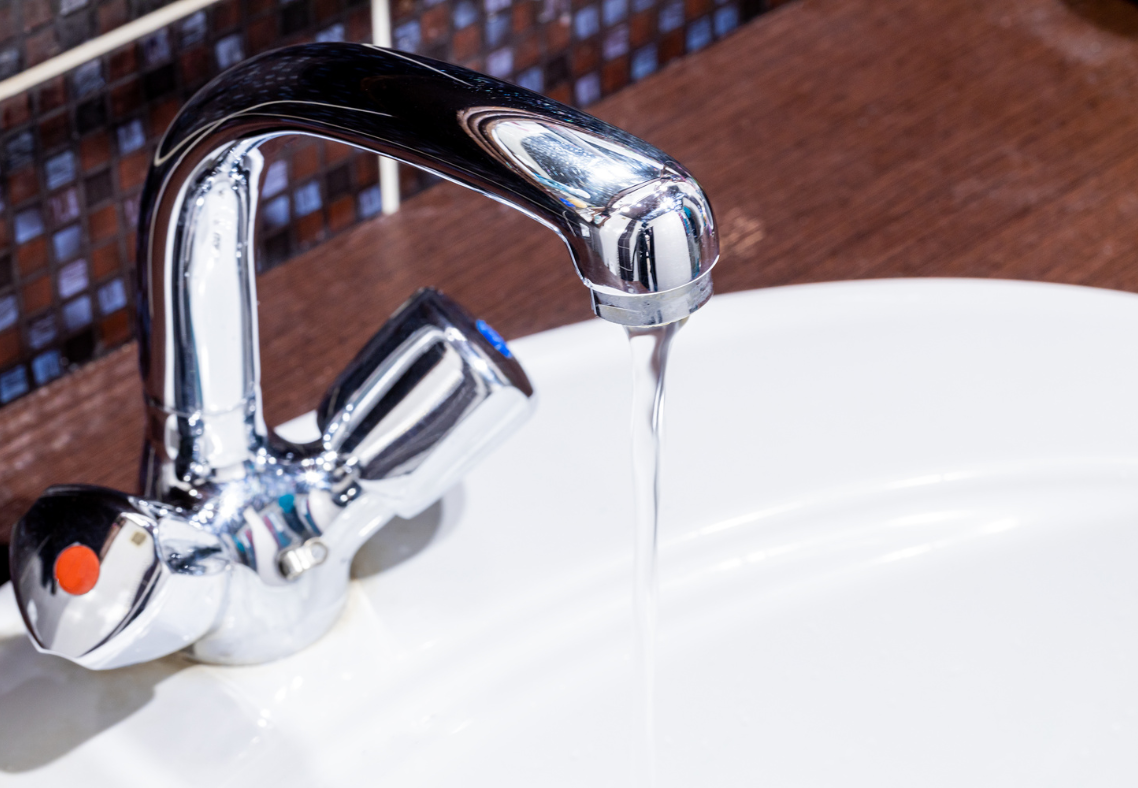What Causes Changes In Water Pressure In My Home?
A helpful guide for Baltimore Homeowners Contact UsSchedule ServiceFluctuations in water pressure can disrupt your daily routines, making simple tasks like washing dishes or taking a shower more frustrating than they need to be. If you’re experiencing changes in water pressure, understanding the potential causes can help you address the problem effectively and restore consistent flow. While some issues can be fixed with a little maintenance, others may require the expertise of a professional plumber. This guide explores the most common reasons behind changes in water pressure and what you can do to resolve them.

Answering The Question: What Causes Changes In Water Pressure In My Home?
Common Causes of Water Pressure Changes
Peak Usage Times
One of the most frequent causes of water pressure fluctuations is related to demand. During peak usage times, such as early morning or evening, many households in a community use water simultaneously. This shared demand can lead to a noticeable drop in pressure. While this issue is temporary, it can be frustrating when you’re trying to go about your day.
Faulty Pressure Regulators
Most homes have a pressure regulator installed to ensure water pressure remains at a safe and comfortable level. If the regulator malfunctions or is incorrectly set, it can cause water pressure to spike or drop throughout the home. A faulty regulator often needs professional adjustment or replacement to restore proper function.
Plumbing Leaks
A leak anywhere in your plumbing system can lead to reduced water pressure. Even a small, undetected leak can divert enough water to impact the pressure at your faucets and showerheads. Leaks not only cause water pressure problems but can also lead to water damage and higher utility bills over time.
Mineral Buildup and Corrosion in Pipes
Pipes naturally wear down over time, especially in areas with hard water. Mineral deposits, such as calcium and lime, can build up inside the pipes, narrowing the space for water to flow through. This reduced capacity results in lower water pressure. Additionally, corrosion in older pipes can contribute to similar problems.
Malfunctioning Fixtures
Sometimes, water pressure issues are isolated to a specific faucet or fixture. In these cases, the problem may be as simple as a clogged aerator or a worn-out washer inside the fixture. Cleaning or replacing the fixture can often resolve the issue.
Municipal Water Supply Issues
Occasionally, the problem lies outside your home. Maintenance work on the municipal water supply, water main breaks, or pressure adjustments by your local water provider can temporarily disrupt your home’s water pressure. While these issues typically resolve themselves, they can be inconvenient.
Shared Pipelines
In areas where multiple homes share the same water supply line, heavy water use by your neighbors can affect the pressure in your home. This is particularly noticeable during times of high water consumption, such as during gardening or lawn watering in warmer months.
Addressing Water Pressure Issues
Inspect for Leaks
Begin by checking your home for visible leaks. Inspect areas like under sinks, around water heaters, and along exposed pipes. If you notice any signs of water damage or hear unusual sounds in the plumbing, there may be a hidden leak that needs addressing.
Clean and Maintain Fixtures
Mineral deposits often accumulate in faucets and showerheads, reducing water flow. Removing the aerator or showerhead and soaking it in vinegar can dissolve buildup. If the fixture is worn or damaged, replacing it can resolve pressure problems.
Check the Pressure Regulator
A pressure regulator is typically located near the main water line entering your home. If you suspect it’s not functioning correctly, a professional plumber can test and adjust it. Replacing a faulty regulator can often make a significant difference in restoring balanced water pressure.
Flush the Plumbing System
If mineral buildup is causing your water pressure issues, flushing the plumbing system can help remove deposits from your pipes. This process typically requires professional assistance to ensure it’s done safely and effectively.
Consult Your Water Provider
If you suspect the issue is related to the municipal water supply, contacting your water provider can provide clarity. They can inform you about any ongoing maintenance or temporary issues that might be affecting your home’s water pressure.
Replace Aging or Corroded Pipes
In cases of significant mineral buildup or pipe corrosion, replacing the affected sections of piping may be the best solution. Modern piping materials, such as PEX or copper, are more resistant to these issues and can improve overall water pressure.
Preventing Water Pressure Problems
To avoid future water pressure issues, regular plumbing maintenance is essential. Have your plumbing system inspected annually by a professional plumber to identify and address potential problems before they escalate. Additionally, installing a whole-house water filter can reduce mineral buildup and extend the lifespan of your pipes and fixtures.
Contact Five Star Plumbing Today For A Plumbing Repair Services In Harford County, MD
If you’re dealing with fluctuating water pressure, don’t wait for the problem to worsen. Five Star Plumbing specializes in diagnosing and resolving water pressure issues for homeowners in Harford County, MD. Whether it’s a leaky pipe, a faulty pressure regulator, or buildup in your plumbing system, our experienced plumbers have the expertise to restore consistent water flow in your home. Call Five Star Plumbing today to schedule an inspection or repair. We’ll identify the cause of your water pressure changes and recommend the best solutions to keep your plumbing system running smoothly. Don’t let water pressure issues disrupt your daily routine—contact us now and enjoy peace of mind knowing your home’s plumbing is in expert hands
